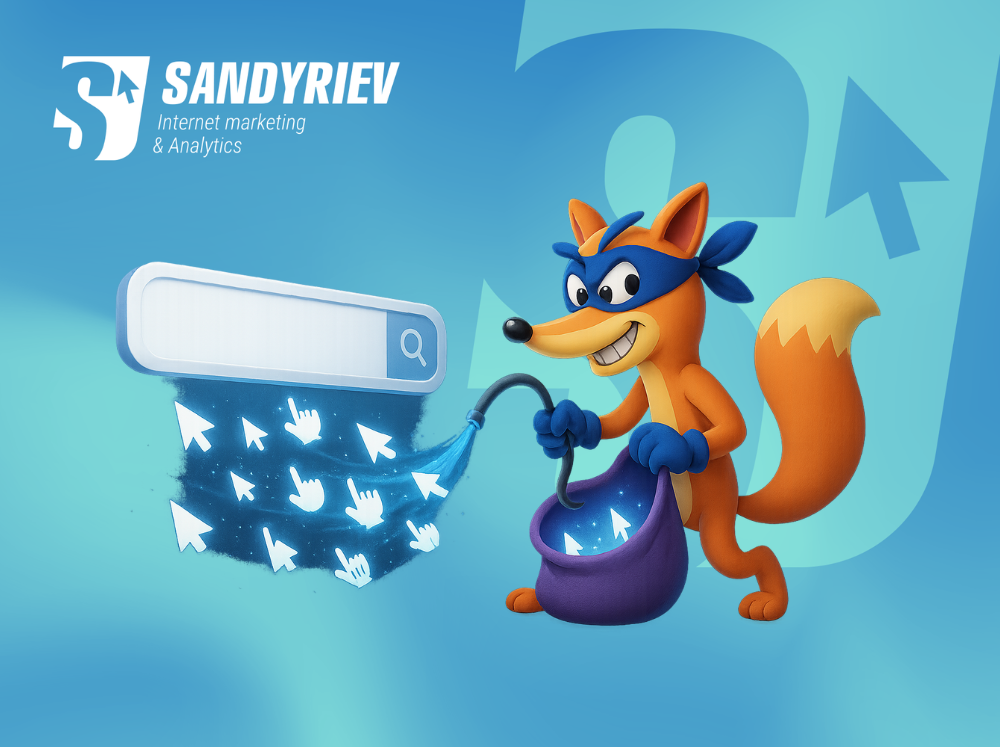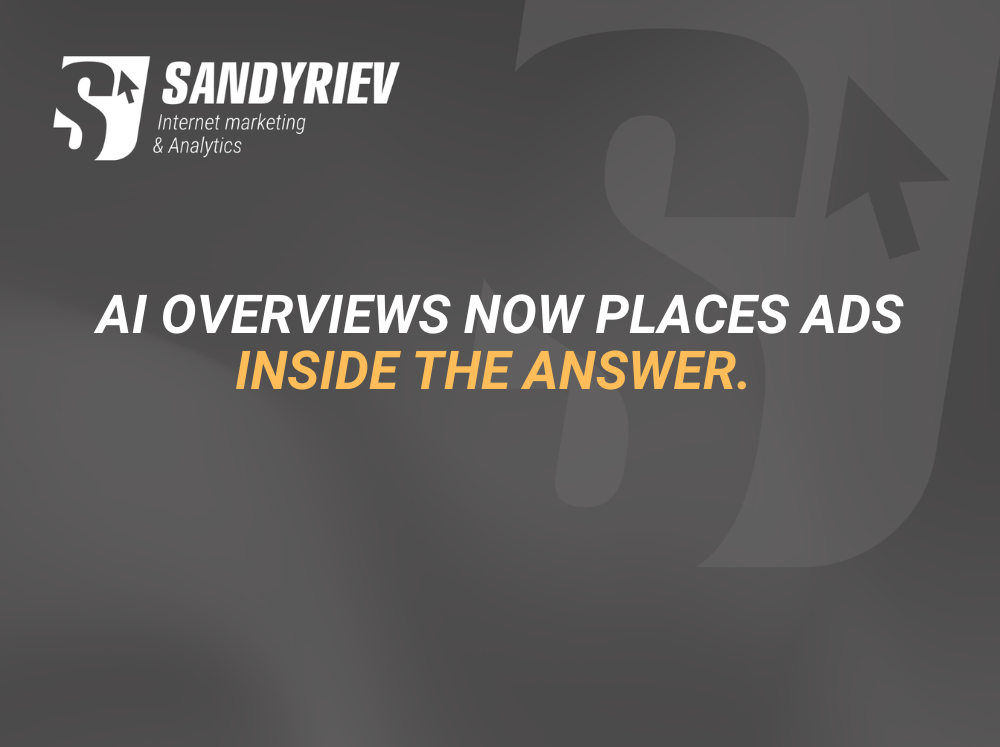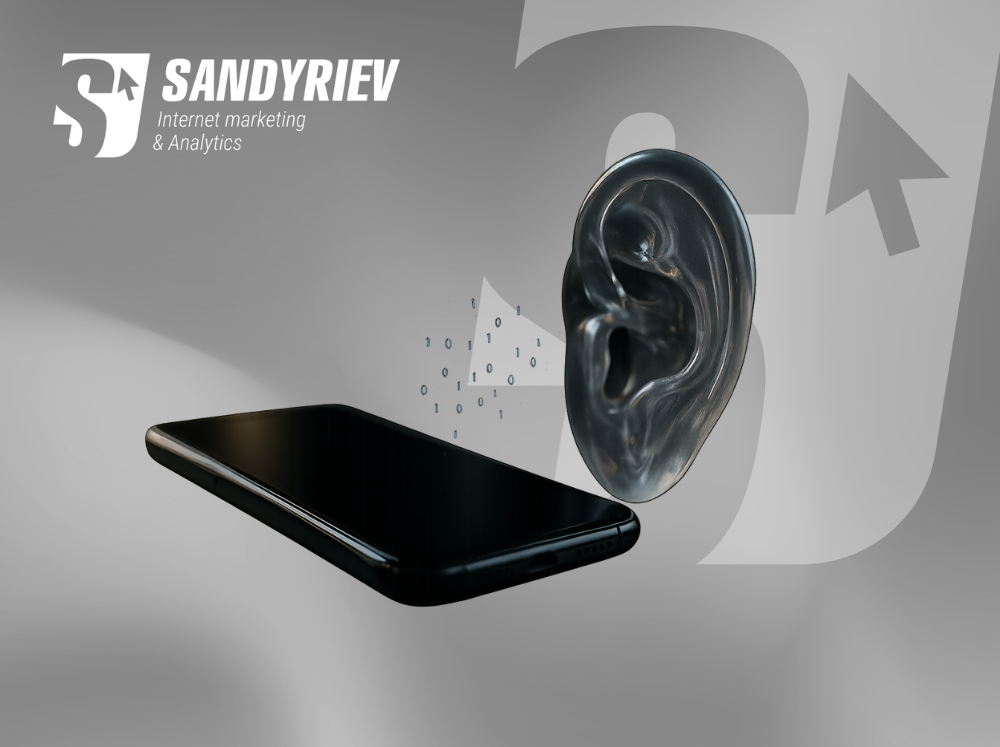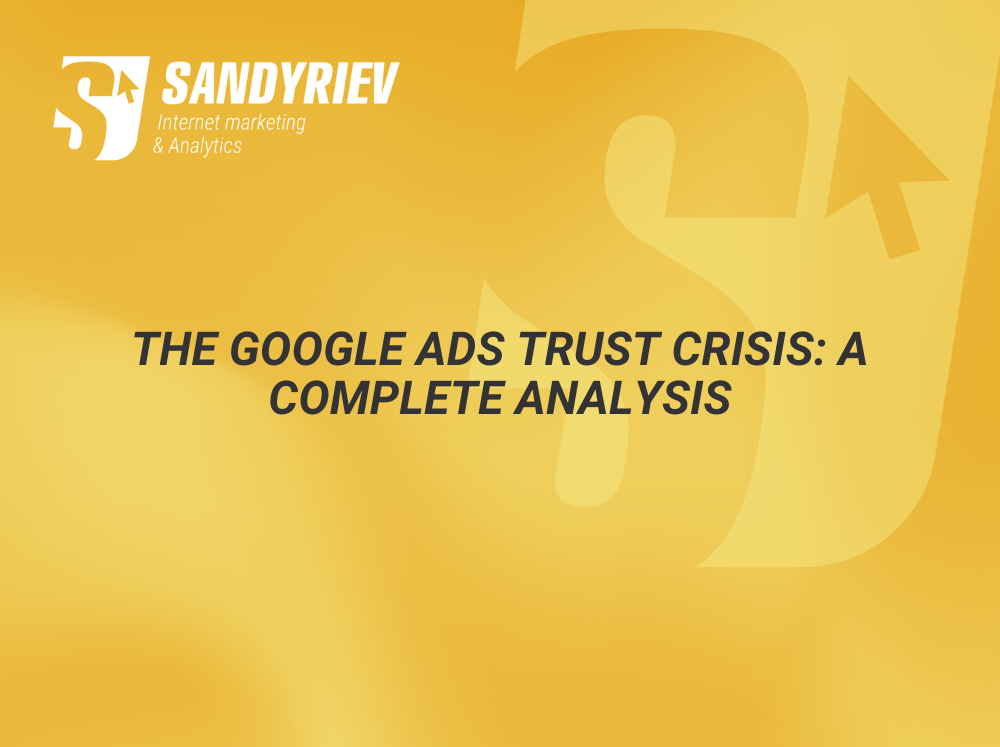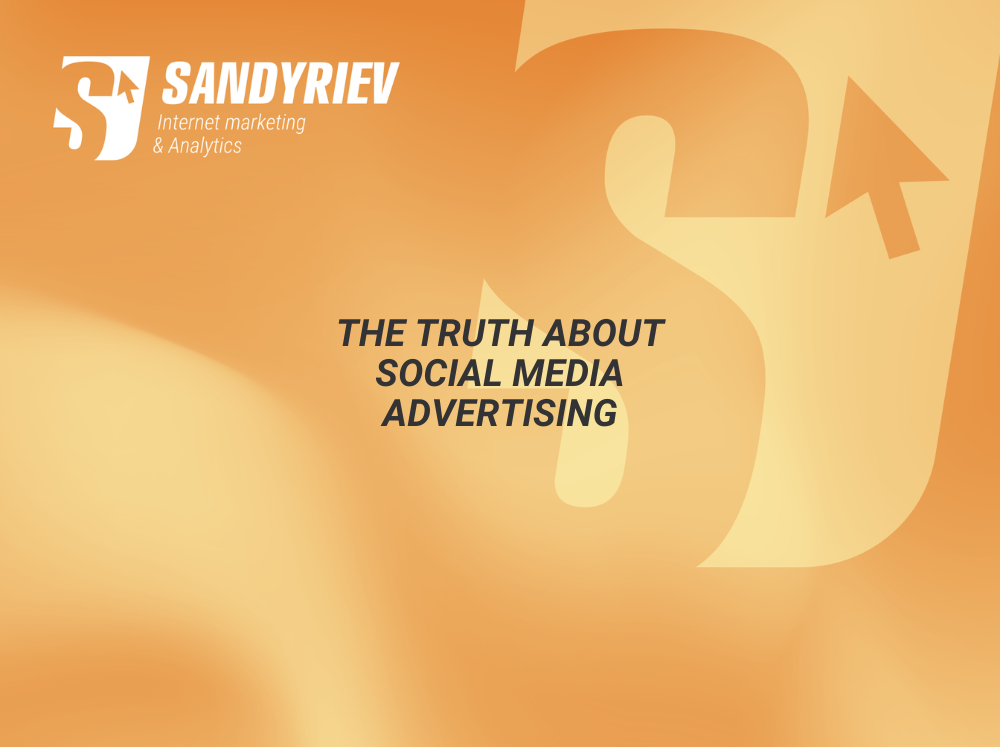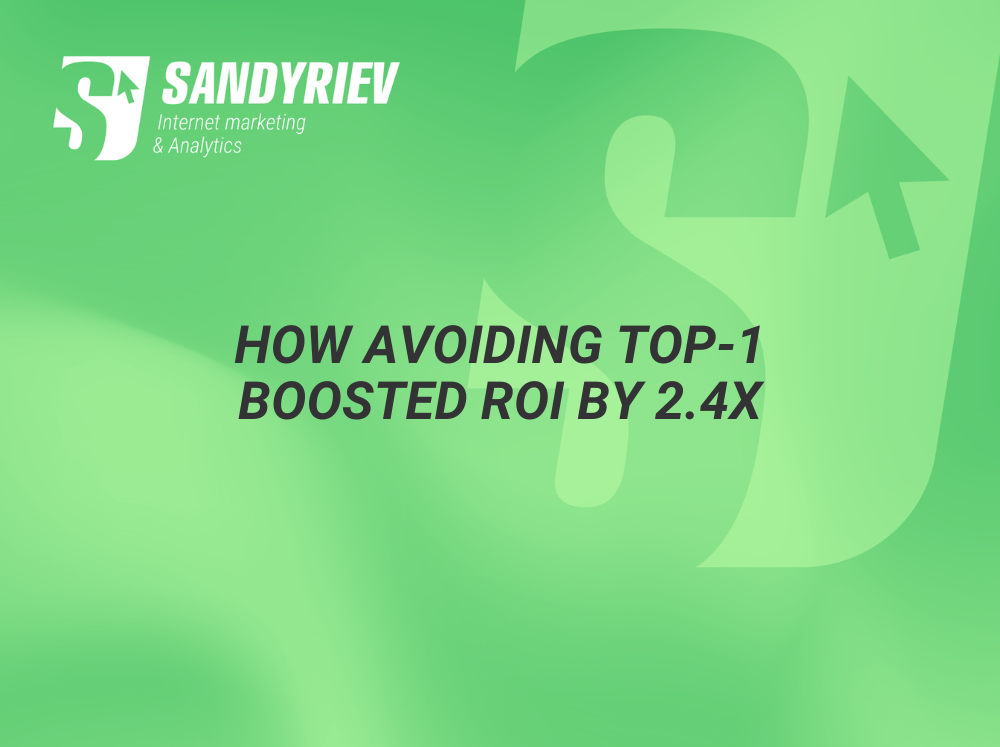Most businesses chase the wrong goal in Google Ads. They fight tooth and nail for that coveted #1 position, burning through budgets like fuel in a Formula 1 race. But here’s the uncomfortable truth: the goal isn’t getting more orders. It’s maximizing profit.
Too many businesses confuse the path with the purpose. More orders ≠ more profit. And as I’ll show you with real data, the relentless pursuit of top positions often destroys the very thing you’re trying to build.
The Flawed Logic Most Businesses Follow
The reasoning sounds bulletproof:
- We need more profit
- More profit comes from more orders
- More orders come from more clicks
- More clicks come from top-1 position
- So let’s bid our way to the top!
Sounds logical. It’s not.
Where This Logic Breaks Down
1. Higher Position = Lower Intent
According to research from AgencyAnalytics, positions 2-4 consistently deliver more qualified traffic than top-1. The reason? Top ads catch everyone. Middle positions catch those who compare and choose.
Users who scroll past the first result are typically more motivated and conversion-ready. They’re not just clicking the first thing they see—they’re actively evaluating options.
2. Banner Blindness is Your Quality Filter
Studies show that 94% of users ignore search ads entirely, jumping straight to organic results. But here’s the goldmine: the 6% who do click on ads are 50% more likely to make a purchase compared to organic traffic visitors.
This “banner blindness” effect actually works in your favor—it filters out casual browsers and delivers genuinely interested prospects.
3. The “Second Look” Effect
Google’s internal analysis reveals that users frequently return to middle positions after initially scanning top results. Many scroll down, compare options, then circle back to click on positions 2-4 because these ads often feel more trustworthy and less “oversold.”
4. Mobile Changes Everything
On mobile devices, research indicates the gap between positions narrows significantly. While desktop shows a 2x CTR difference between position 1 and 2, mobile shows only ~1.5x difference. Position 2-3 ads on mobile capture nearly as much attention as top spots.
5. Time-of-Day Behavior Patterns
Data analysis shows conversion rates drop from 12% during business hours to 3.5% in evening hours, while CPC remains relatively stable. During peak business hours, users click faster and convert immediately—favoring top positions. In the evening, they browse more thoughtfully, giving middle positions better opportunities.
Real Case Study: When Strategy Beats Position
Let me share real numbers from a recent campaign that proved these principles:
Google’s Recommendations:
- Suggested CPC range: £1.85-£6.35 for top positions
- Estimated monthly searches: 22,200-5,400 per term
- Competition level: Medium to High
Our Strategic Approach:
- Actual CPC: £2.37-£2.41 (deliberately bidding at lower end)
- Top position share: <10-11% (intentionally avoiding #1)
- Focus on positions 2-4
The Results:
- Conversion rates: 21.4% – 35.88% (exceptionally high)
- Cost per conversion: £6.60 – £11.08
- CTR: 7.97% – 8.95% (despite lower positions)
- Cost savings: 52.6% vs bidding for top positions
By avoiding the top position trap, this campaign achieved:
- 2.1x more clicks for the same budget
- Conversion rates that validate the “quality traffic” hypothesis
- Sustainable, profitable growth instead of expensive vanity metrics
The ROI Reality Check
Multiple studies confirm that maximum position ≠ maximum ROI. In many cases, positions 2-4 deliver better return on ad spend because:
- Lower CPC – Less competition for “good enough” positions
- Higher intent traffic – Users who scroll and compare are more serious
- Better budget efficiency – More clicks and conversions per pound spent
- Sustainable scaling – Profitable growth rather than vanity metrics
Industry-Specific Insights
B2B vs E-commerce
Research shows B2B buyers make 7-12 searches before deciding, making consistent visibility in positions 2-5 more valuable than sporadic top-position appearances. E-commerce, however, often benefits from top positions due to impulse buying behavior.
Local Business
BrightLocal studies reveal that 70% of local searchers compare multiple businesses before choosing. For local services, being visible in positions 2-4 is often sufficient to capture qualified leads.
The Testing Imperative
The only way to know what works for your specific business is systematic testing. Industry experts unanimously recommend testing different position strategies rather than blindly following Google’s suggestions.
Key metrics to track:
- ROI/ROAS, not just CTR
- Cost per acquisition vs volume
- Customer lifetime value by acquisition channel
- Profit margins, not just revenue
The Bottom Line
Top-1 position isn’t the goal—predictable, profitable customer acquisition is.
The most successful advertisers focus on:
- ROI over vanity metrics like position
- Quality over quantity of traffic
- Testing over assumptions about what works
- Profit over volume when budgets are limited
Before you burn another pound chasing that #1 spot, ask yourself: Are you optimizing for Google’s revenue or your own profit?
The smartest money isn’t always on the top shelf.
What’s your experience with ad positioning strategies? Have you found the sweet spot between visibility and profitability? Share your insights in the comments.
Sources:

